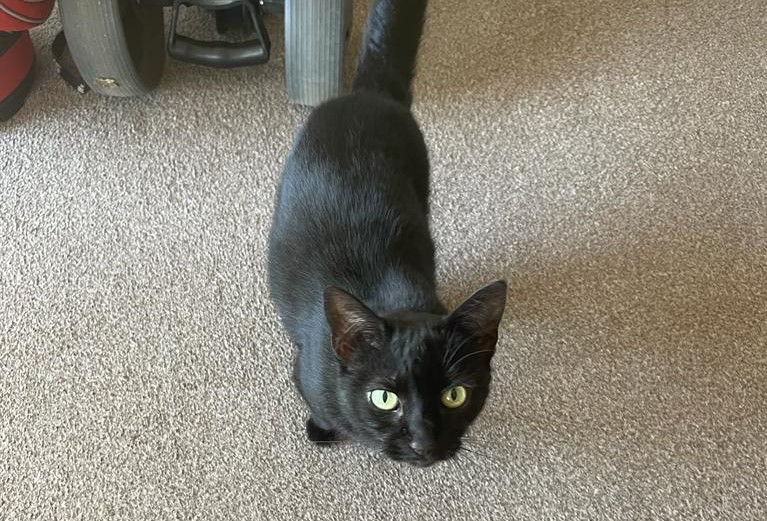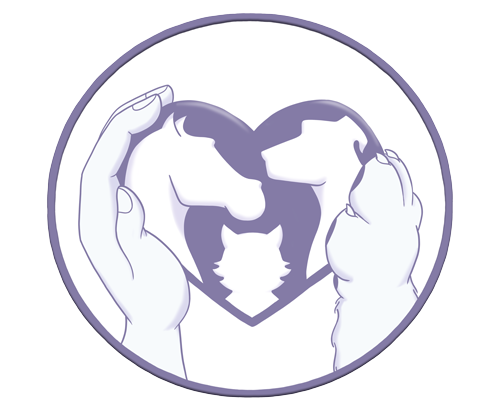During my journey of animal communication, I’ve experienced moments that don’t always align with the idyllic images of ‘profound wisdom’ and ‘heartwarming connections.’ Let me share an amusing yet frank snippet from a recent conversation with a charming, albeit distinctly business-like, feline named Kitkat.
Understanding our animal companions often involves posing the quintessential query, “What don’t you like?” For caring pet parents, this question holds profound significance, as working out the nuances of their animals’ preferences is important to ensuring they’re providing them with a life of joy, comfort, and contentment. It was in search of those exact insights that I found myself engaged in a very funny exchange with Kitkat.
Now, animal communication isn’t a straighforward process; it’s a process where images, sounds, emotions, and even smells play a role. In the case of Kitkat, the response to the question about what she disliked unfolded in a rather unexpected way, unfortunately for me, painting a vivid picture in my mind.
After I asked the question, Kitkat projected a curious string of images of litter trays, dogs, and, perhaps less decorously, visions of poop.
“Hmm,” I thought to myself, “this is going to be interesting…”
So, armed with the task of interpreting these images, I attempted an intriguing exploration into the feline psyche.
What followed was a ‘back and forth’ of questions and responses. I probed further, asking about the litter trays (which I knew she didn’t have because she had always asked to go out since she was a kitten). I asked about the dogs as I knew she shared her life with 3 canines and I know she disapproved of all of them in some way; and then finally we discussed the less glamorous subject of poop. It was through this exchange that a peculiar aversion came to light – Kitkat harbored an undeniable distaste for the olfactory assault inflicted by dog farts.
Picture the scene: evenings spent lounging on the sofa with her human mum and the trio of canine friends. Kitkat enjoyed the warmth of these shared moments however, there was one undeniable downside – the unmistakable scent of dog flatulence lingering in the air.
When I relayed this back to Kitkat’s mum, the response was a burst of hysterical laughter.
“Oh my goodness!” she exclaimed, “Yes, it’s SO bad.”
The mystery of Kitkat’s discontent had been solved, greeted not with disgust but with amusement.

Yet, the resolution to this olfactory predicament carried a humorous twist; the problem was acknowledged, but the solution remained somewhat elusive. It was a delightful moment of connection, a shared understanding between human and feline, even if the canine culprits continued their aromatic contributions to the family scene.
This light-hearted exchange prompts a much wider consideration: how often do we pause to understand the preferences and aversions of our animals? The language of animal communication extends beyond the spoken word, using the realms of sensations, images, and emotions. It beckons us to embrace a holistic understanding of their world, one that encompasses the individual details and idiosyncrasies that make them unique.
So, reader, I pose a question to you: have you ever wondered about the intricacies of your animal’s likes and dislikes? In the details of their daily existence, what brings them joy, and conversely, what things prompt a furrowed brow or a twitch of the whiskers? Engaging with your animal on this deeper level develops a much deeper connection, allowing you to enter their world with empathy and shared understanding.
The realm of animal communication is a fascinating journey, often marked by laughter, revelation, and a deep appreciation for the animal kingdom. As we explore the multifaceted language of our furry companions, we unearth not only their preferences but also the delightful quirks that add colour to our shared experiences.
So, embrace the whimsical conversations, the unexpected revelations, and the laughter that resonates across our species – for in these moments, the true magic of animal communication unfolds.

